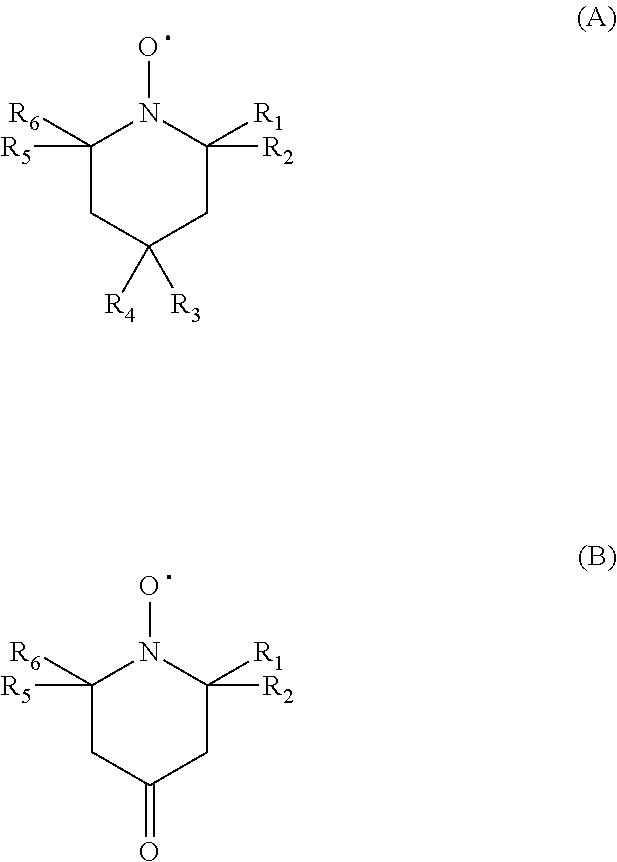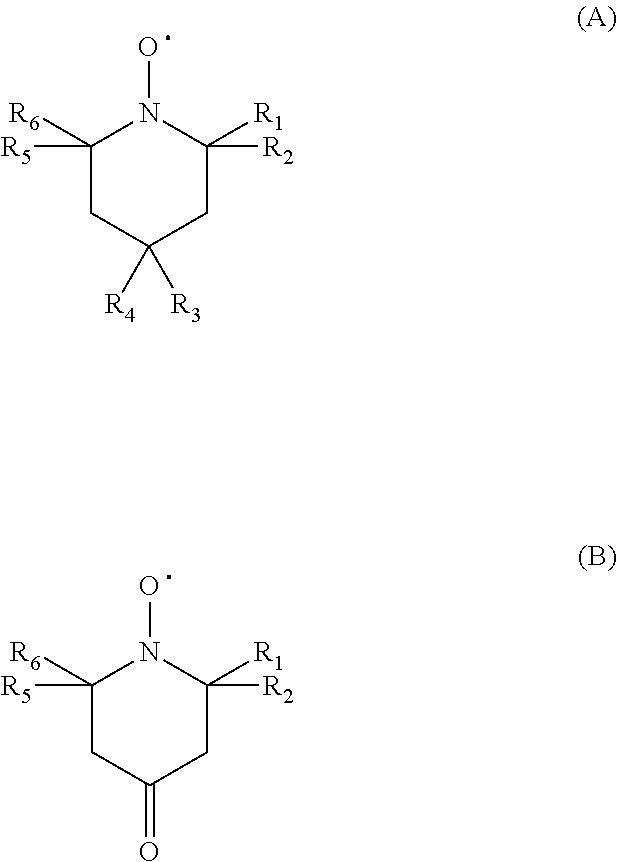Heat transferable material for improved image stability
a transferable material and heat transfer technology, applied in thermography, printing, duplicating/marking methods, etc., can solve the problems of unsightly viewer, thermal, electrophotographic images can suffer from iridescence problems, all such images are susceptible to environmental factors, etc., to reduce image production costs, reduce light fade, and reduce iridescence
- Summary
- Abstract
- Description
- Claims
- Application Information
AI Technical Summary
Benefits of technology
Problems solved by technology
Method used
Image
Examples
examples
[0086]The following examples are provided to illustrate the invention.
Receiving Elements:
[0087]Thermal Receiver R-1 was used throughout these experiments, having an overall thickness of about 220 μm and a thermal dye receiving layer thickness of about 3 μm. R-1 was prepared by melt extruding the tie layer and dye receiving layer onto the paper support, resulting in the following structure:
Co-extruded polyester-polycarbonate-silicone dye receiving layerPELESTAT ® 300 (Sanyo Chemical Industries, Ltd.) tie layerMicrovoided composite film OPPalyte ® 350 K18 (ExxonMobil)Pigmented polyethyleneCellulose PaperPolyethylenePolypropylene film
KODAK Professional EKTATHERM ribbon, catalogue # 106-7347, was used in a KODAK Thermal Photo Printer, model number 6850, with receiver R-1 to produce multiple, identical test target prints whose records were composed of neutral, monochrome, and bi-chromes consisting of two colors. Each record was arranged in a 15 step incremental density change from minimu...
invention example 1
[0105]The use of Evonik TEMPO (2,2,6,6-tetramethyl-piperidine-1-oxyl, C9H18NO) was compared to the use of DKSH Luna PI-172 (4-Hydroxy-TEMPO free radical, C9H18NO2) as light stabilizer.
[0106]A dye-donor element was prepared by coating sequential areas of cyan, magenta and yellow dye and protective overcoat or laminate on 4.5 μm poly(ethylene terephthalate) support. The dye donor side was prepared by first coating a subbing layer of a titanium alkoxide (DuPont Tyzor TBT®) (0.12 g / m2) from n-propyl acetate and n-butyl alcohol solvent mixture, the protective overcoat was coated on bare poly(ethylene terephthalate) support. The back side (non-donor side) was prepared by first coating a subbing layer of a titanium alkoxide (DuPont Tyzor TBT®) (0.12 g / m2) from n-propyl acetate and n-butyl alcohol solvent mixture and then a slipping layer as described in U.S. Pat. No. 7,109,147B2 that in incorporated herein by reference.
[0107]To understand the effect of DKSH Luna PI-172 (hereafter referred ...
PUM
| Property | Measurement | Unit |
|---|---|---|
| temperatures | aaaaa | aaaaa |
| wavelength | aaaaa | aaaaa |
| wavelength | aaaaa | aaaaa |
Abstract
Description
Claims
Application Information
 Login to View More
Login to View More - R&D
- Intellectual Property
- Life Sciences
- Materials
- Tech Scout
- Unparalleled Data Quality
- Higher Quality Content
- 60% Fewer Hallucinations
Browse by: Latest US Patents, China's latest patents, Technical Efficacy Thesaurus, Application Domain, Technology Topic, Popular Technical Reports.
© 2025 PatSnap. All rights reserved.Legal|Privacy policy|Modern Slavery Act Transparency Statement|Sitemap|About US| Contact US: help@patsnap.com



